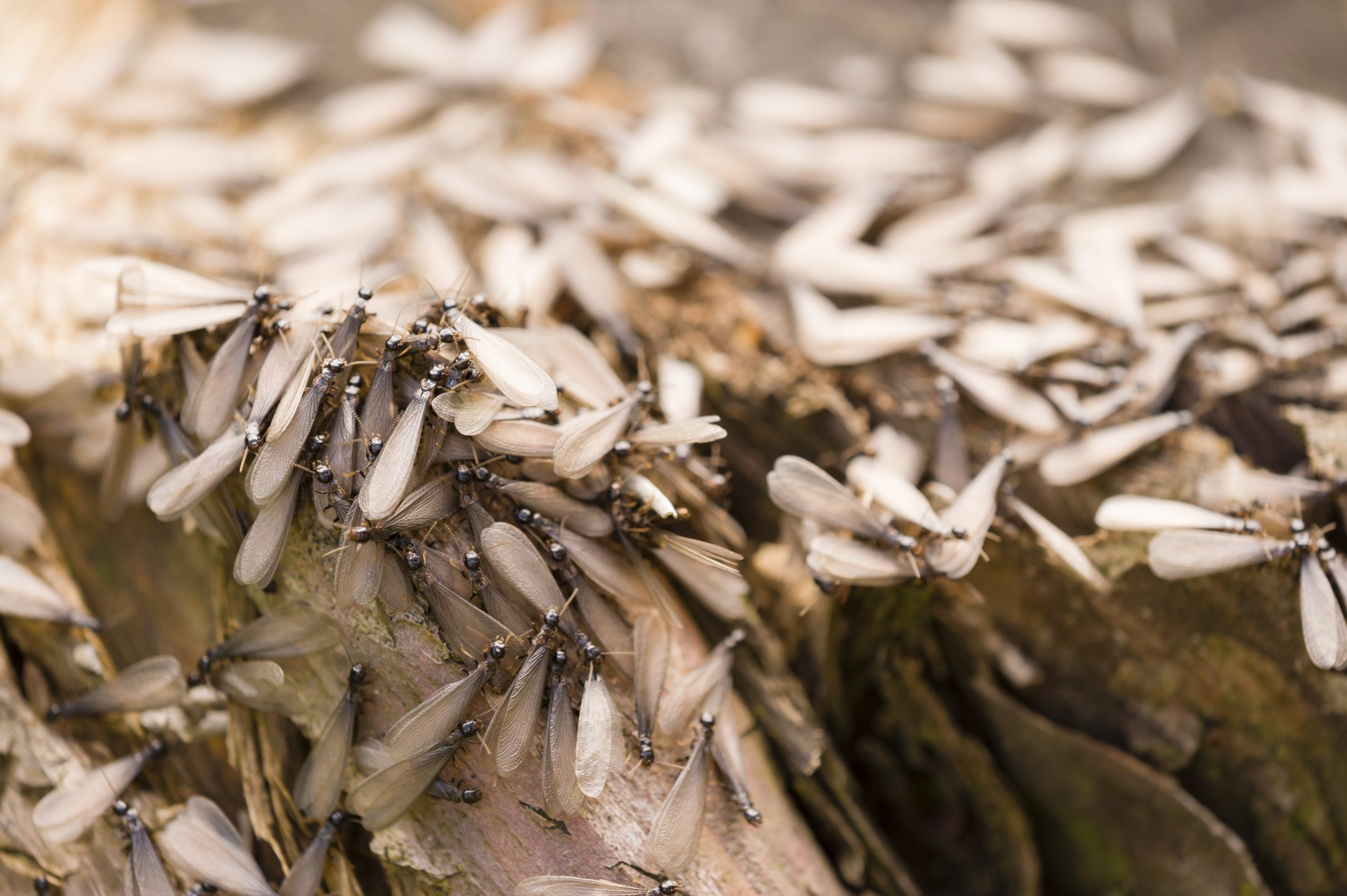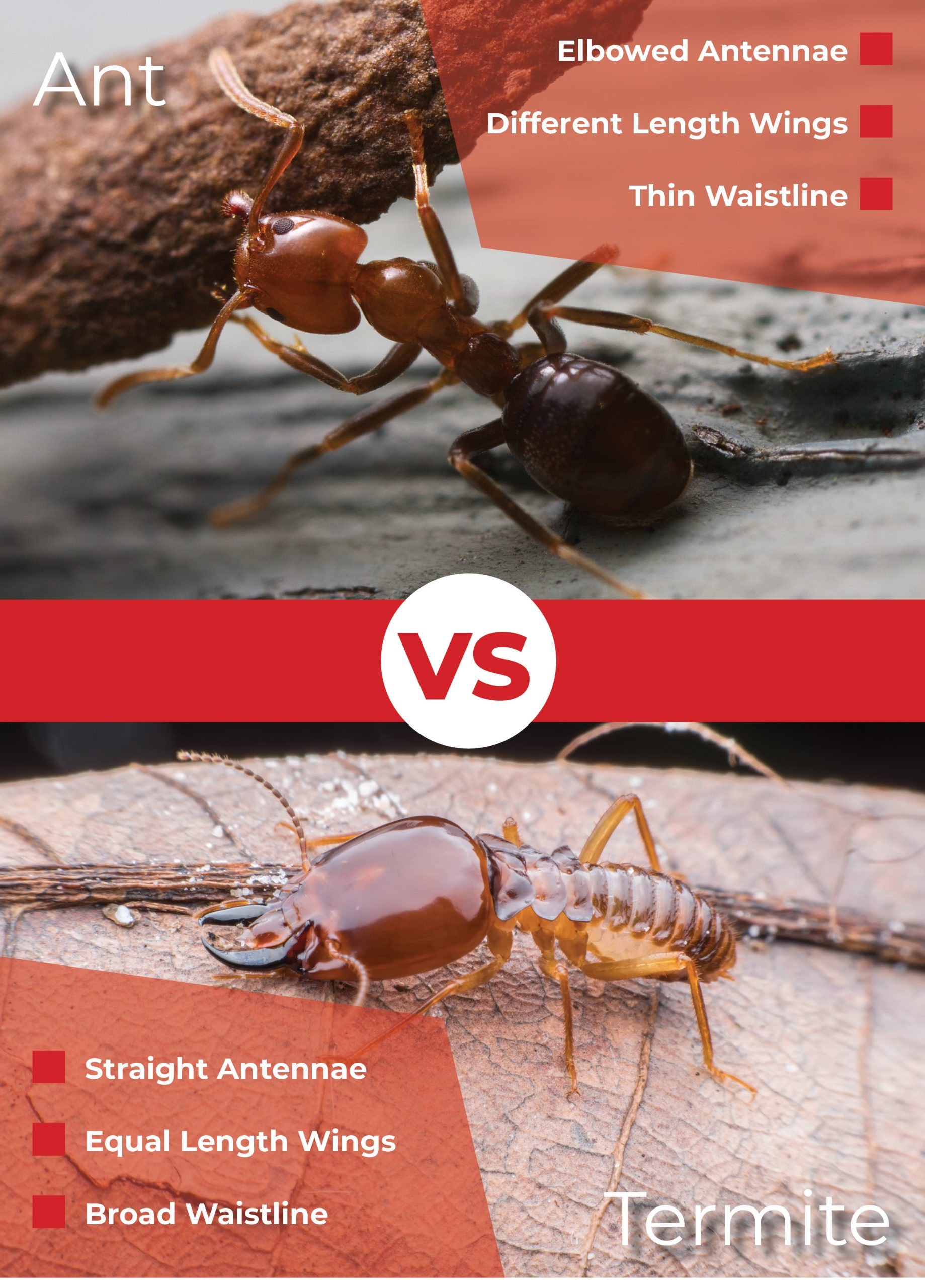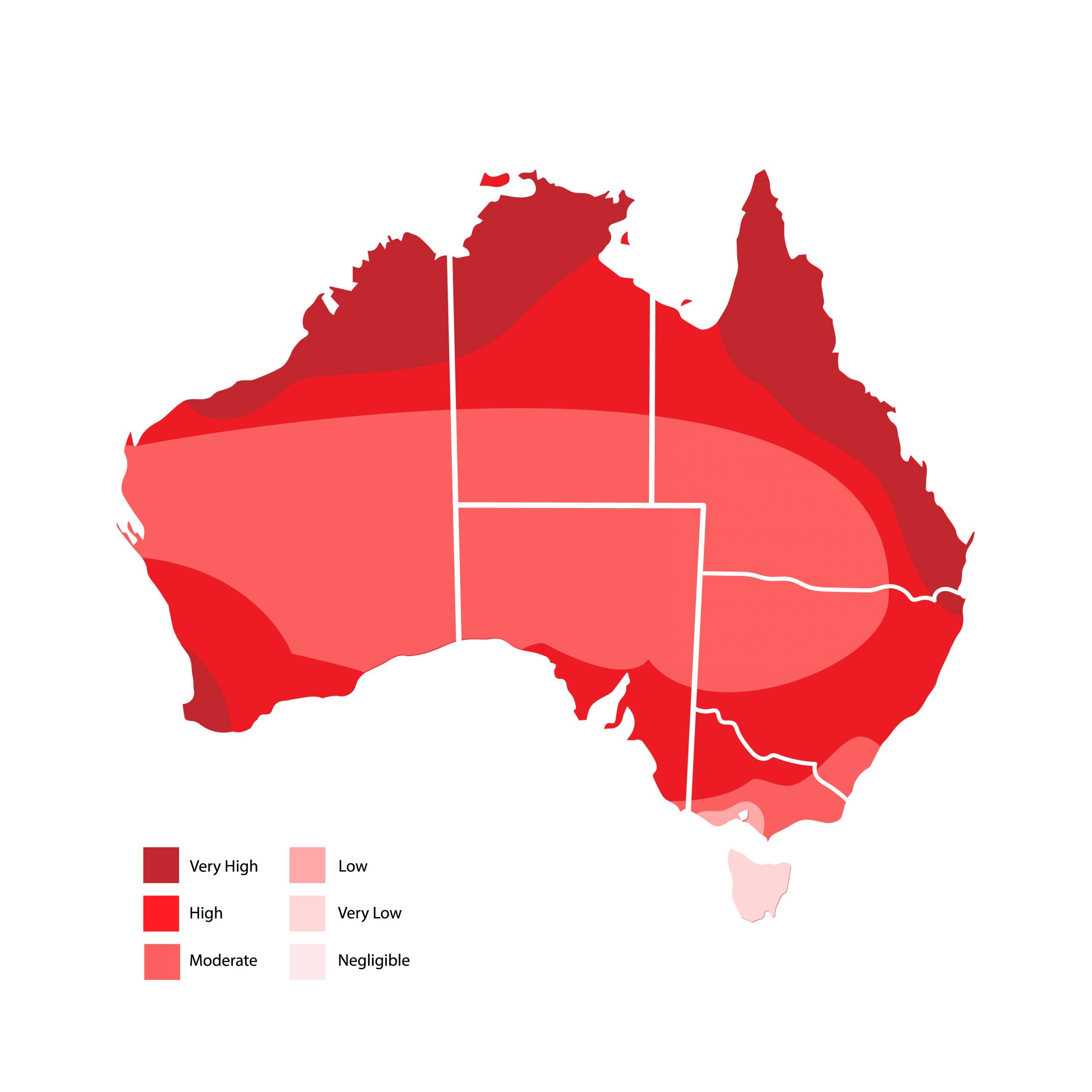Frequently Asked Questions
Common Questions on Pests & Termites
There are a lot of unknowns when it comes to pests and termites, with a lot of mixed messages from various sources.
Find the answers to some of our most commonly asked questions about termites and other pests.
1. noises
Termites make lots of noise for their size. If you put your ear close to walls or wooden beams you suspect could be infested by termites, you can likely hear them eating and moving.
What Do Termite Sound Like?
2. Flying Termites
One of the first clear signs of a termite infestation on your property is the presence of flying termites. Flying termites leave the nest to find mates but won’t typically travel far, so flying termites near your home could indicate their is a colony nearby. Some species swarm at night and will be seen around lights like moths and other insects. The most common time to see termites swarming is immediately after rain.
You may also notice small insect wings lying around your home, as flying termites lose their wings shortly after mating, discarding their wings around your house.

3. Hollow Sounding Timber
Termites usually consume wood from the inside out, leaving a thin veneer of timber or just the paint. When you knock or tap on an area that has termite damage, it will sound hollow or papery. This is because part or all of the timber inside has been eaten away.
In extreme cases, so much wood may be deteriorated that you will be able to depress and puncture the surface with very little force.
4. Hard To Close Doors
Doors and windows can fluctuate in size slightly due to temperature and moisture naturally. However, the moisture caused by termites eating can also warp wooden frames and make it hard to open or close doors and windows, so if you have doors that have been getting stiff or hard to open for a long time, its best to have a termite inspection.
5. Broken Timber
If any wooden beams or boards around your house start to break off and weaken it is highly likely that you have a termite problem. If you find pieces of broken timber, inspect them for tunnelling and signs of insects.
6. Droppings
Drywood termites don’t use their faeces to build their nests. Instead, they push their poo out of their nest into small piles of fine dark powder. If you find small piles of what looks like dark soil around your home, it is a good indication that there is a termite colony nearby.
Think you may have termites?
If you have experienced any of these issues lately, contact termite rescue for a professional inspection immediately before it is too late. Our professional team has years of experience in diagnosing, exterminating and protecting your home from pests of all kind.
Flying ants and white ants are often mistaken for termites. There are a few ways to determine if an insect you have seen is a termite or not. Termites are typically a bit larger than ants, ranging from 0.7 mm to 1 cm in length.

Some people may tell you that cockroaches are actually quite fastidious, especially when it comes to their antennae. However they eat literally anything available to them, including food scraps, faeces and bits of other dead insects. Leaving a trail of mess behind them. These insects might clean themselves but they will spread all sorts of germs around your home in the process.
Homes of all age’s and sizes can be susceptible to a termite infestation, However it is something you need to be more diligent about if you have an older home a joint research project conducted by the CSIRO and the Forest and Wood Products Research and Development Council found that as a home ages, the probability of termites being discovered inside the property increases. This is why regular checks from a professional as your home ages are so important.
